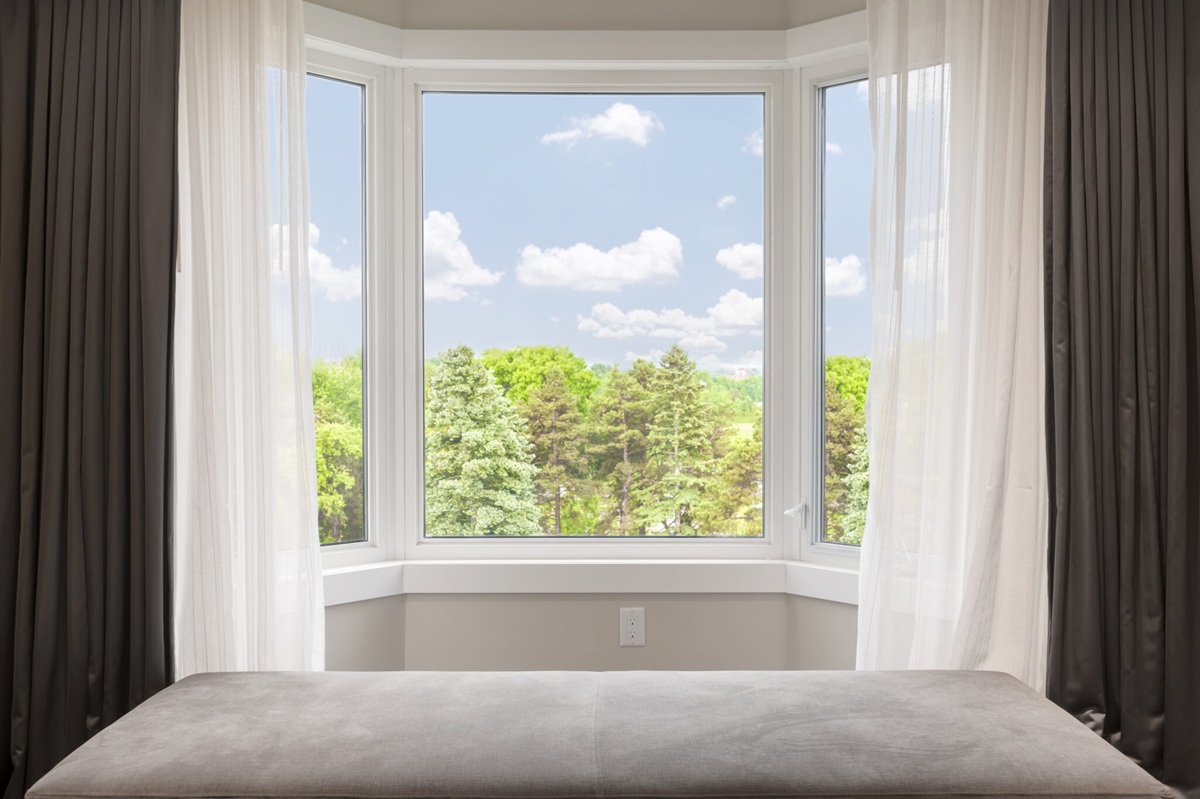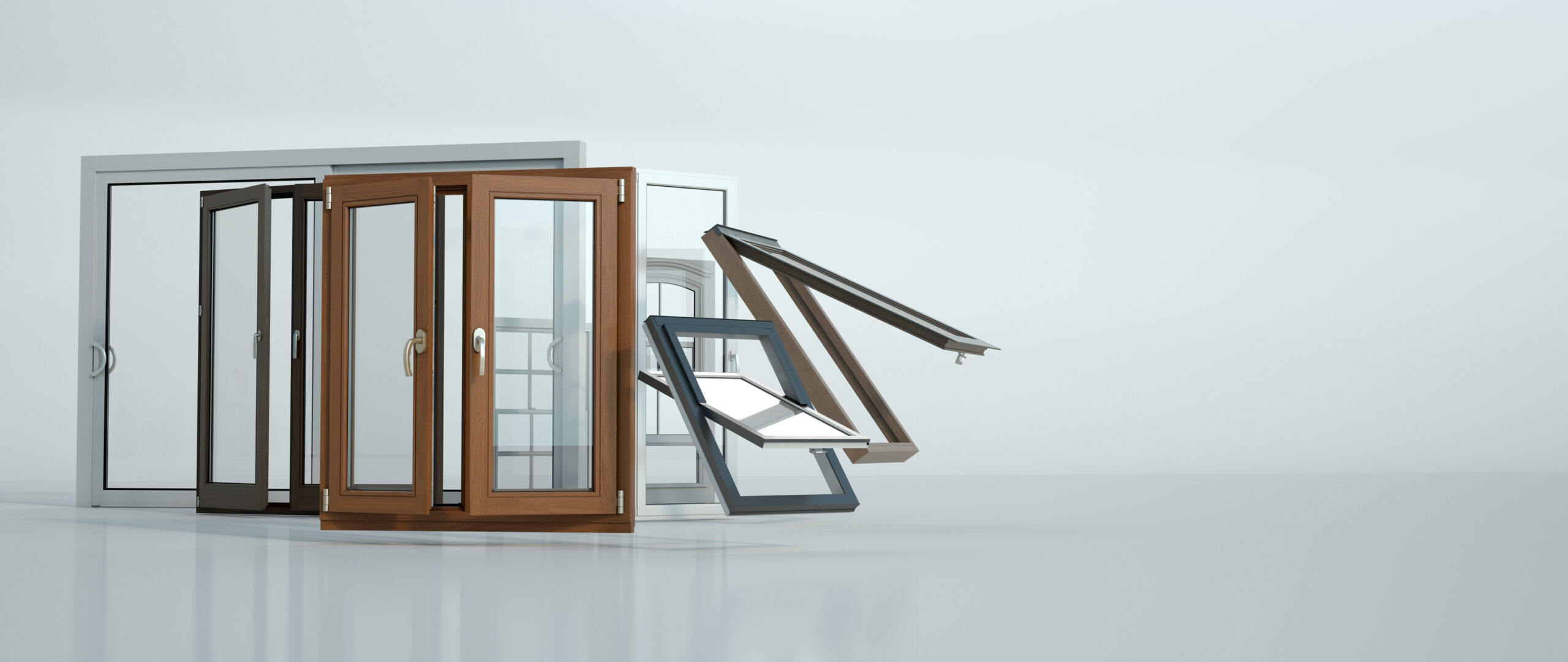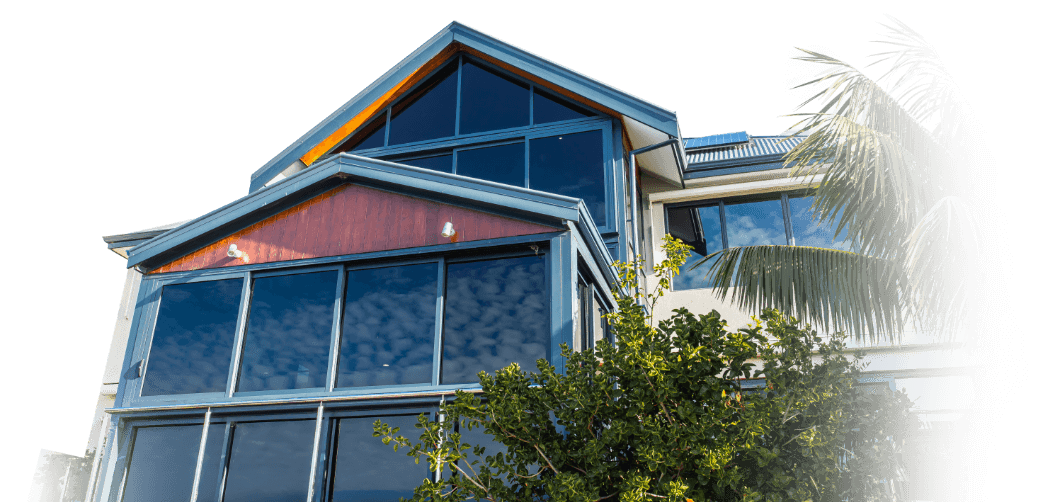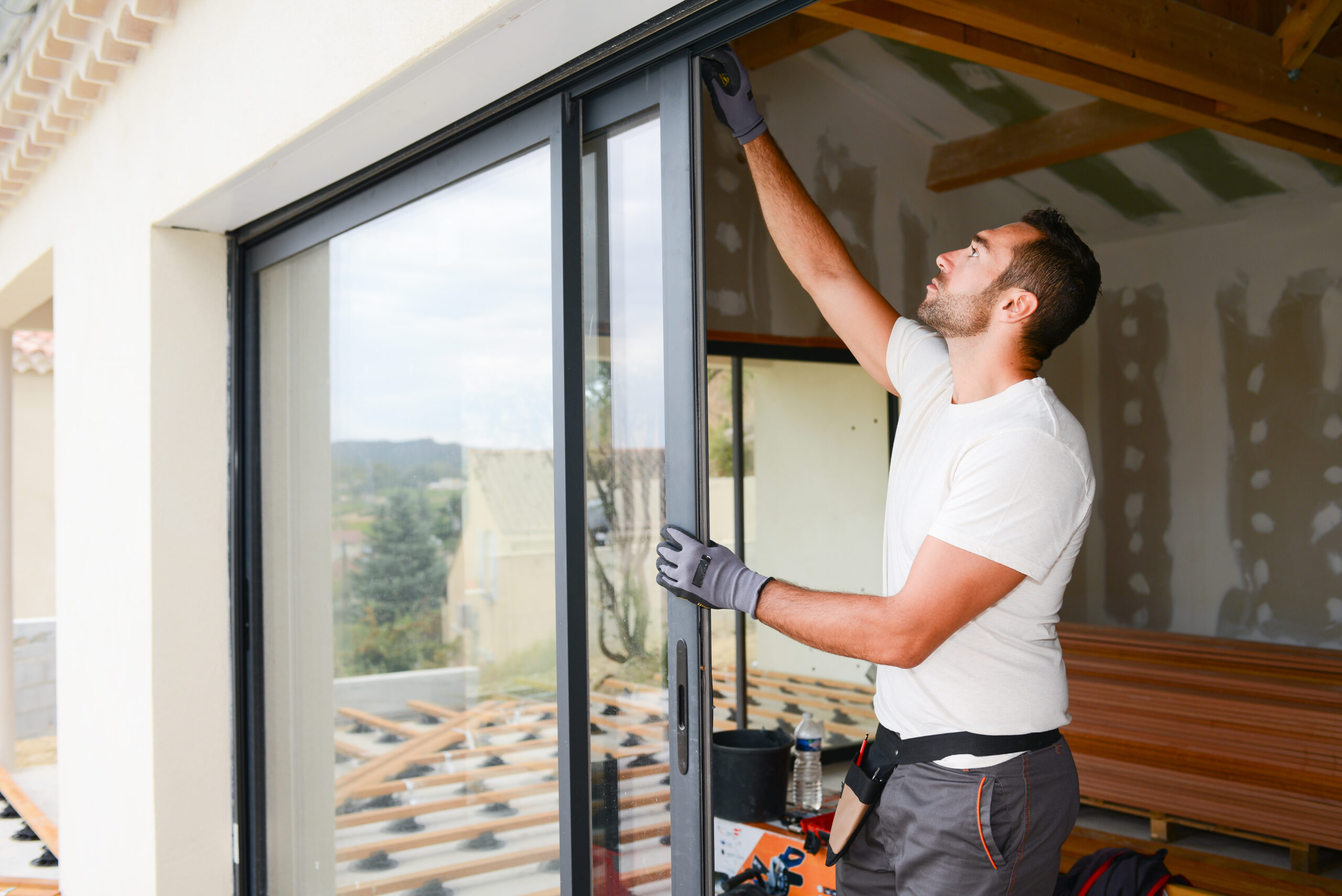
Are you looking for ways to improve your home’s carbon footprint? Sick of ever-rising energy bills? Or maybe drafty rooms and leaky windows are your biggest concern. Well, it might be time to retrofit your windows and doors. Retrofitting is a surefire way to enhance the quality of your space, increase your property value, and save money on your energy bills.
But, what does retrofitting mean?
Simply put, retrofitting is upgrading an existing structure or system, to improve its performance or functionality. So when we’re talking about retrofitting windows and doors, we’re talking about upgrading old windows or existing window frames, without major structural changes. Done by fitting newer, more stylish models, designed to improve the functionality of your space.
Now that we understand what retrofitting is, let’s explore the different factors that affect retrofitting and get you started upgrading your old windows.
Why Retrofit?
Retrofit, or replacement, windows and doors are designed to fit into existing windows and door openings without significant structural alterations. This makes the installation process faster, less disruptive, and much more cost-effective. Upgrading your existing window frames and introducing replacement windows to your home is the best choice for homeowners looking for a range of benefits, with very little downside.
Improved Energy Efficiency
Retrofit window installation is designed to prevent air and water leakage, which can significantly reduce your home’s heating and cooling costs. New windows are also designed to block out noise, reduce drafts, and keep heat in or out, making your home more comfortable year-round.
Increased Comfort
Retrofit windows and doors are built with advanced materials and insulation that can significantly improve your home’s thermal performance. This means you’ll be able to maintain a comfortable temperature throughout the year, regardless of the weather outside.
Enhanced Curb Appeal
Retrofit windows and doors are available in a range of styles and colours, making it easy to find an option that complements your home’s aesthetic. Replacement windows can significantly enhance your home’s curb appeal and overall value.
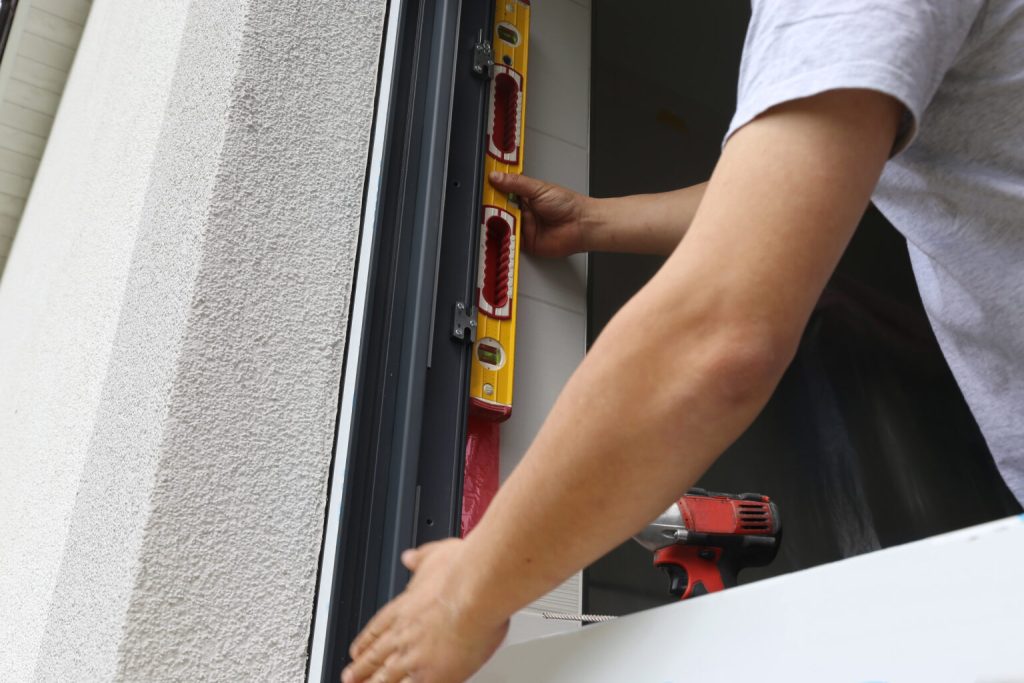
How Much Does Retrofit Windows Cost?
The cost of retrofitting will depend on a variety of factors, including the size of your home, the type of new windows and doors you choose, the complexity of the installation, and more. Retrofitting is generally less expensive than completely replacing your windows and doors.
When considering the cost of retrofitting, it’s important to think about the long-term savings that you’ll achieve. Retrofit windows and doors can significantly reduce your energy bills, which can help offset the initial investment. Additionally, they can add value to your home, which can provide a return on investment should you decide to sell.
So roughly how much do retrofit windows cost?
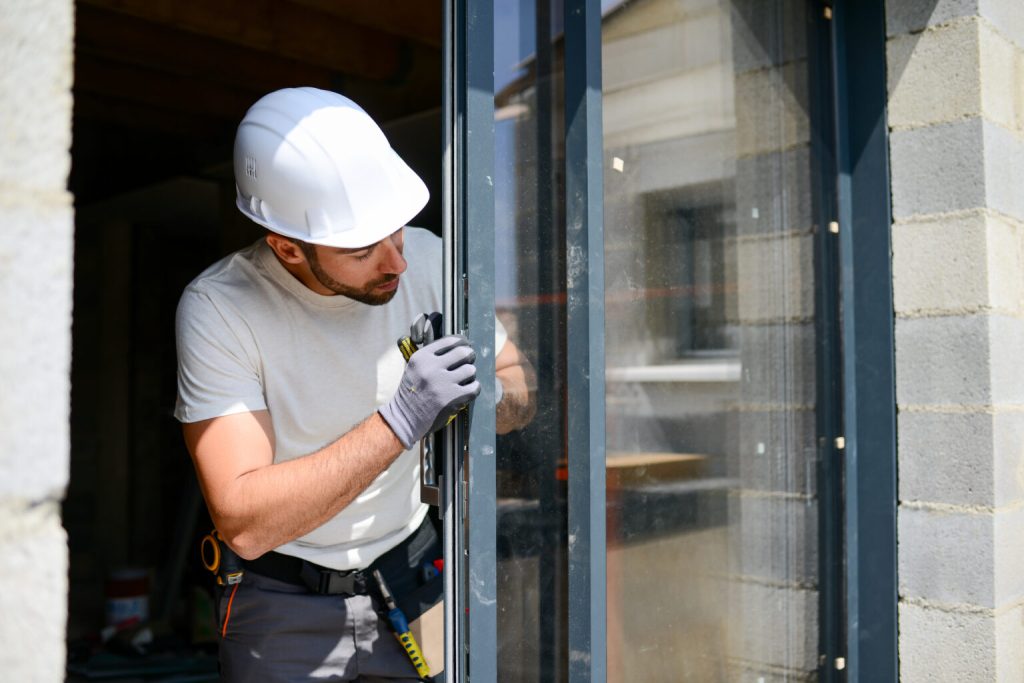
Using a Retrofit Specialist:
Hiring a professional company, like WA Custom Glass, ensures high-quality workmanship and materials. The cost of hiring a specialist ranges a lot, with the sky being the limit for each project. Windows generally start from $850, with doors from $2,000, depending on the factors mentioned earlier. This cost encompasses the price of the window or door, materials, and labour fees for installation. It also guarantees that all your windows and doors will be installed in line with all Australian regulatory standards.
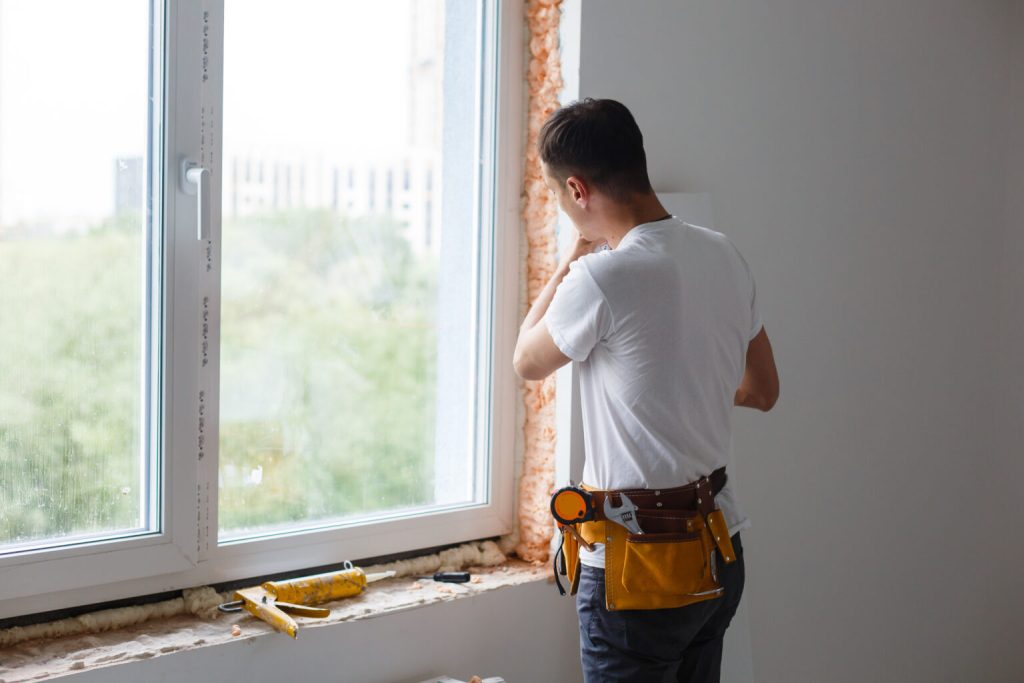
Doing it Yourself:
If you decide to tackle a retrofitting project independently, you can save on labour costs, but unless you’re well-versed in retrofitting, it could cost you a lot more in the long run. This approach requires a high level of skill, knowledge, and tools to ensure a proper installation. The cost of each window and door for DIY projects starts from around $500 per window and $1,500 per door, depending on the size, type, and quality of the products. Keep in mind that this cost doesn’t include any additional materials or the tools needed to properly install either of these products. And, you could end up having to fork out for another window or door entirely if you damage either of them during the installation process. Alongside expensive raw materials, tools and costly potential mishaps, it’s important to understand that all windows and doors must meet the relevant Australian standards. Failing to meet these codes can result in a lot of headaches when going to sell your home and potential lawsuits if someone is injured as a result of your malpractice.
It’s essential to consider that, while DIY installations may save money upfront, improper installation can lead to issues like air leaks, water intrusion, and compromised structural integrity. All of which may require costly repairs in the long run. Hiring a professional retrofit specialist ensures a more reliable installation and comes with a set of warranties or guarantees for added peace of mind.
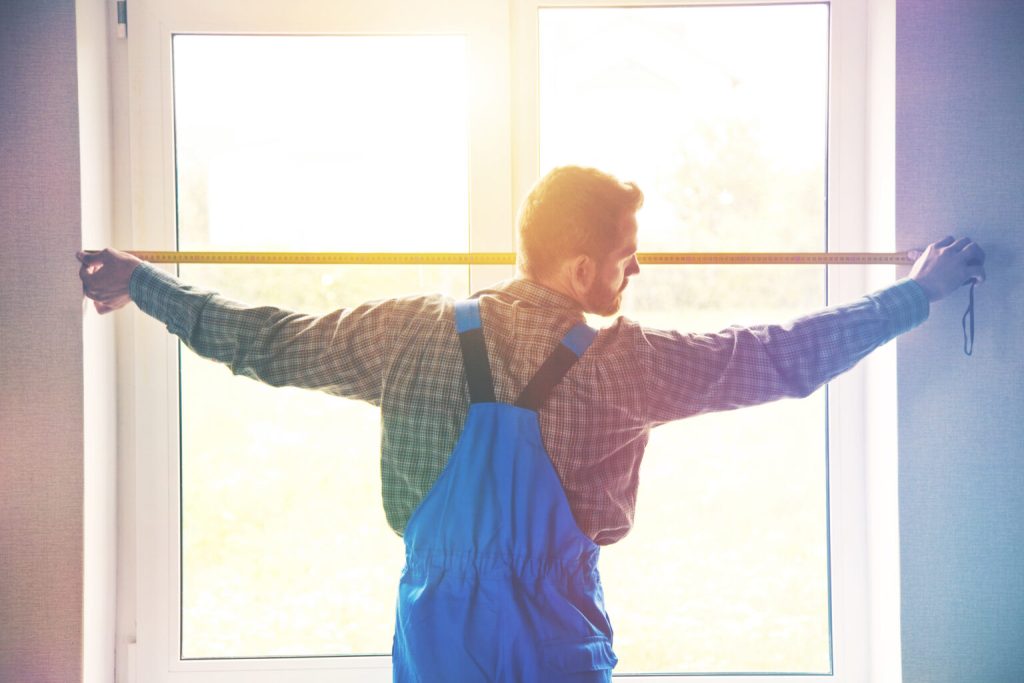
The Importance of Proper Framing and Flashing
When fitting your windows and doors, it’s essential to ensure that glass sashes are properly installed and sealed. This is where framing and flashing come into play. But what is framing and flashing?
Framing: Simply refers to the structure around the window or door. It works to ensure that the window or door is level, square, and plumb, which is crucial for smooth operation and an aesthetically pleasing appearance.
Flashing: A thin strip of material that surrounds the frame. Its primary purpose is to create a barrier that prevents water or air from entering.
Subframes, Sill trays and Angles: While conventional flashing is the go-to method for weather sealing in new construction windows, it isn’t typically used for window replacement. This is where subframes, sill trays and angles are utilised to effectively weatherproof windows and doors. These are custom-made components, built to fit each product.
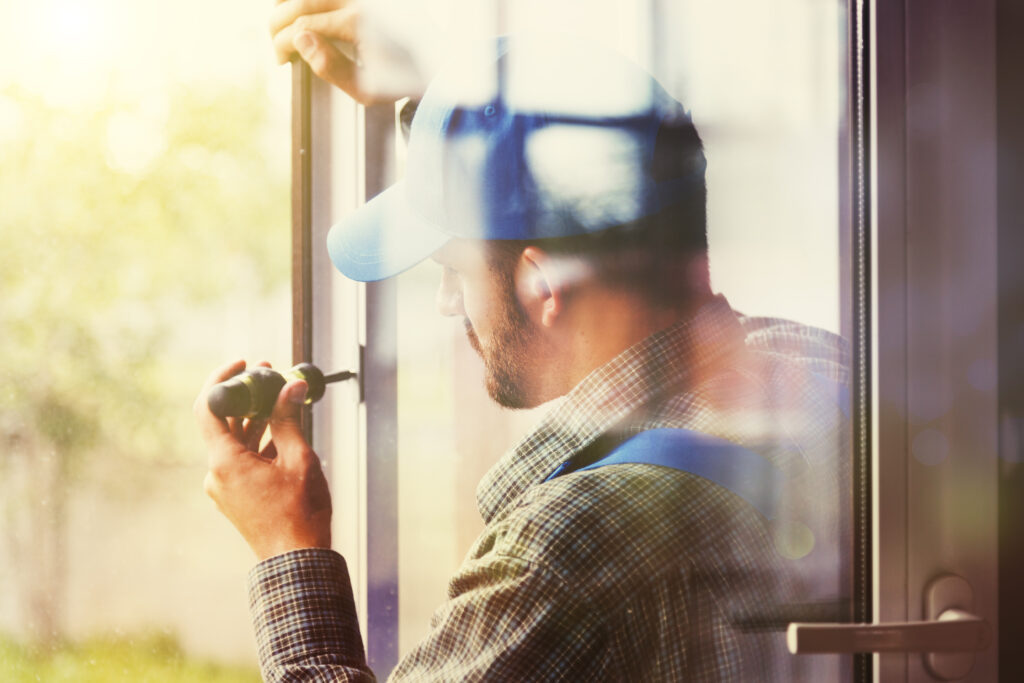
Why is Proper Framing and Flashing Important?
Proper framing and flashing are critical to ensuring the long-term performance of your retrofit windows and doors. If they are not installed correctly, air and water can seep in, which can cause costly damage to your home and compromise your energy efficiency.
Structural Integrity
Just like a solid foundation for a house, good framing is essential for retrofitting windows and doors. It provides the support they need to function smoothly and securely. Plus, it ensures that the weight of the new window or door is evenly distributed, so you don’t have to worry about any damage to your walls.
Water Resistance
Flashing is your home’s superhero when it comes to keeping water at bay. It acts as a barrier around your windows and doors, directing water away from the openings and preventing it from sneaking in. And let’s face it; nobody likes dealing with water damage, mould, or rot.
Energy Efficiency
By sealing gaps and insulating your retrofit windows and doors, they reduce drafts, heat loss, and outside air from creeping in. That means a cosier home and more cash in your pocket.
Aesthetics
Let’s not forget about looks! Retrofit windows and doors can seriously upgrade your home’s appearance, but proper framing is key. It ensures that everything is level, square, and plumb—resulting in a beautiful, polished finish that’s also functional.
Weatherproofing
Mother Nature can be unpredictable, but with the right framing and flashing, you’ll have a solid defence against the elements. They work together to keep wind-driven rain, snow, and debris from getting inside your home, so you can enjoy a comfortable and safe living space.
Durability
Who doesn’t love a long-lasting investment? When done right, framing and flashing can extend the lifespan of your retrofit windows and doors. They’ll help prevent wear and tear, save you money on maintenance, and contribute to your home’s long-term value.

Getting Started On Your Retrofit Project
So now that we know what retrofitting means. We know the benefits. And, we know roughly how much retrofit windows cost. The only thing left is for you to get started on your retrofit project. As we mentioned before, the DIY process isn’t for the faint-hearted, and we certainly don’t recommend it. Glass is an incredibly dangerous material. It’s no safer than electrical work, which of course, you need a licence to work with. Unless you’re experienced with working with glass, it could end up costing you a lot more than just money. Be vigilant and prepared to fork out a small fortune on all of the necessary tools, materials and upkeep, if you do decide to do it yourself.
The only way to guarantee a seamless installation of long-lasting and perfectly framed replacement windows, with a warranty to match, is to go with a qualified retrofit professional. WA Custom Glass is Perth’s leading window and door retrofit specialist, with over 40 years of award-winning experience in bringing dream homes to life. Contact WA Custom Glass today to consult with one of their industry-leading glazing experts.
Or, find out which type of window is the best option for your project, here.


